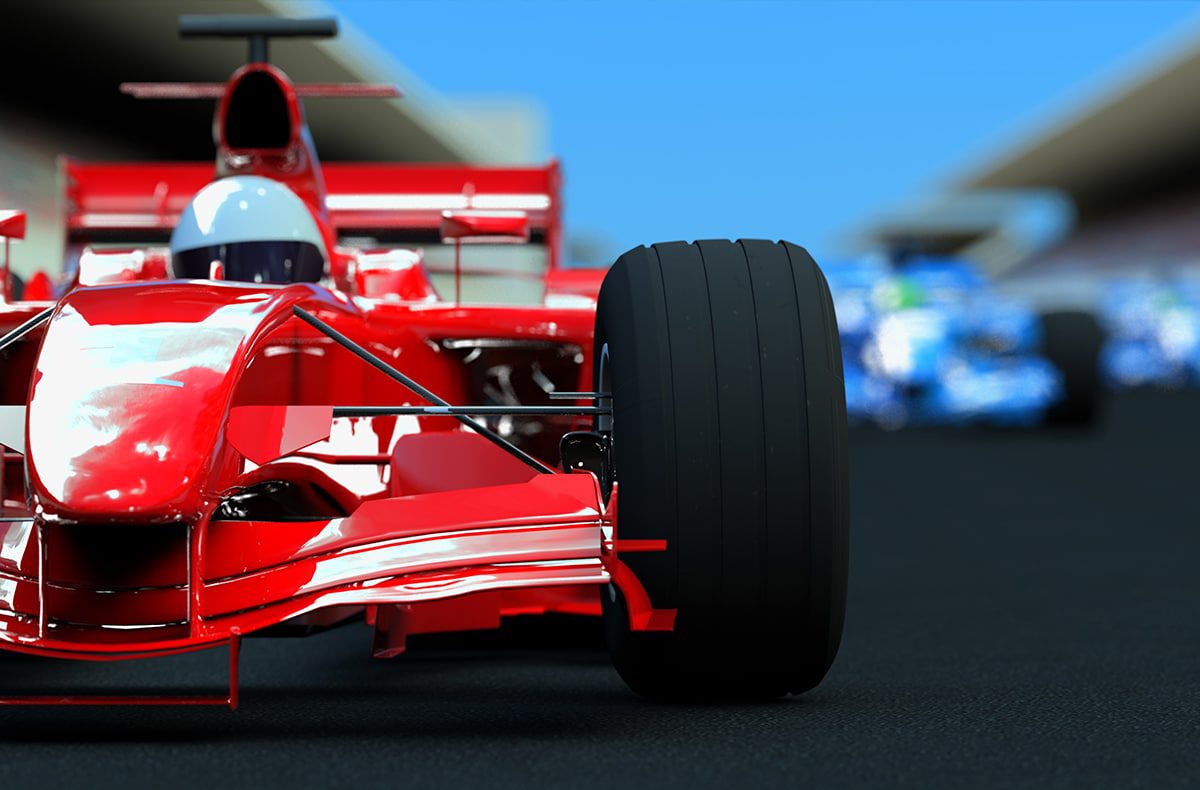
Like most people, I feared for his safety when I saw the F1 car of Zhou Guanyu slide across the Silverstone track upside down, smash into the runoff barriers, and flip over into the catch fencing at somewhere between 175-200 mph during the British Grand Prix. Remarkably, once extricated from his upside down vehicle and checked over, Zhou was unscathed. He said his crash would have been fatal without the Halo driver crash protection system fitted to his car.
The F1 spec Halo was introduced in the 2018 season and is lightweight grade 5 titanium tubing which is fixed to the car’s chassis at three points for maximum rigidity. It is not designed by race teams but is manufactured by three manufacturers according to the FIA’s specification.
It is designed to withstand the weight of 12 tonnes and to prevent large objects (e.g., loose wheels and bits of tyre) entering the driver’s cockpit and to protect the driver’s head from collisions and impacts. It is now prevalent in many other FIA-sanctioned, open-cockpit racecar and in US Indycar (where there is an aeroscreen).
Along with Zhou, Lewis Hamilton credits the Halo with preventing him suffering serious injury at the 2021 Italian Grand Prix when Max Verstappen’s car drove over the top of Hamilton’s car. Likewise the halo on Roman Grosjean’s car saved him from catastrophic injuries when his car went through the Armco barrier in the 2020 Bahrain Grand Prix.
But hang on a minute, there was a lot of resistance to the introduction of the Halo (including from Lewis Hamilton and Toto Woolf, boss of Mercedes F1) when it was being trialled and tested.
That got me thinking, why is there resistance to change even in introducing a safety device like the Halo? Resistance to change is an unwillingness to adapt to new circumstances or ways of doing things.
At first, various reasons around a driver’s visibility being impaired, rendering a F1 car ugly, and viewers’ inability to see the driver properly were put forward as to why the Halo should not be introduced on a F1 car. But what was this line of reasoning? Where did it originate?
The number one reason for resistance to change is fear of the unknown or uncertainty. We are creatures of habit. You can see the fear of the unknown and uncertainty in the initial reasons given against introducing the Halo. Those within F1 who initially criticised it, were no doubt concerned about the effect the addition of the Halo might have to the performance of their race winning cars plus the uncertainty of what “Joe Public” might have thought of it and the effect on viewing audiences.
They might also have been concerned that change often brings more work (e.g., a redesign of the aerodynamics of the F1 cars) and a lack of control of a situation for a period of time which are also fundamental reasons for resistance to change.
However, in time, people do not resist change that is fundamentally in their best interests. If the change pays off and gives people benefits and rewards ultimately the change will be endorsed. It is getting people to see that is likely to happen from the outset when you want to suggest or implement change that is the difficult thing to do. So think about that when you have reservations about implementing a new work practice or engaging a new supplier.
Like Zhou Guanyu, Lewis Hamilton, Romain Grosjean and many lesser known drivers in Formula 2, you too can reap the benefit of change.
As to the Halo, drivers have now universally accepted its benefits. Like seat belts (not introduced in F1 until 1972), it is now here to stay in the world of motorsport.


